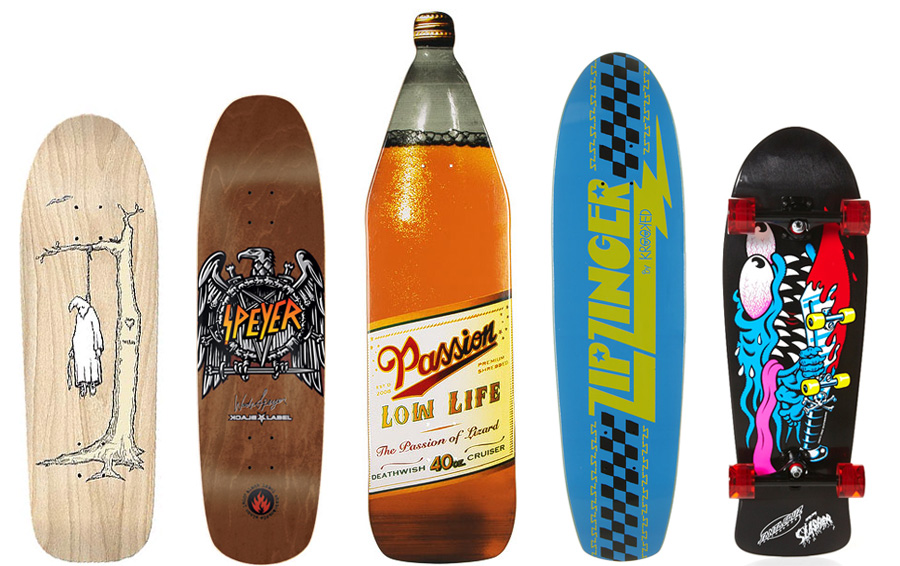
Whenever you flip through a board company’s new catalog, it’s now very common to see non-popsicle and odd-shaped boards given some level of prominence. The amount varies, with brands like Girl, Zero, and Deathwish having a small selection while popsicles are totally absent for Welcome skateboards. Where exactly did this burgeoning fascination come from?
While non-popsicle boards obviously have a long history within skateboarding, their current revival may exist as a reaction to a culture that is seen as becoming stagnant and watered-down. Odd-shaped boards are an attempt by skaters to revive a subculture that is under the threat of losing its way. I reached out to David, founder of odd-shaped upstart Surprise Skateboards, and skateboarding historians and non-popsicle devotees Jeff Grosso and John Lucero to figure it out.
Jeff Grosso: “Well, if you want to talk about shaped boards, you have to talk about Lucero. I mean, he was the guy really holding the torch and making sure that that didn’t die out. Whether it was my shape or a Jason Adams punk point, he was willing to take that risk.”
“We have always made non-popsicle shaped boards,” Lucero says. “Right now, we have twelve different shapes. Back in the day, I knew popsicles were becoming the standard and, actually, Black Label was one of the last companies to adopt them. Like, we made them, but they were just another shape that we made along with others. And eventually, those became the only things that kids wanted and shops were ordering. I never stopped making non-popsicle shapes, but there weren’t as many.”
At the beginning of the 2000s, John Lucero’s Black Label not only was releasing non-popsicle boards, it also branched off into Red Cross (then Red Kross, now Emergency) to focus on releasing only “old school” and non-popsicle shaped boards. It’s an idea that David points to directly: “In my mind, [Surprise is] borrowing pretty heavily from Black Label and the Emergency stuff. I started skating when a board was anything but a standard deck. So when brands like Pocket Pistols or Black Label started releasing a bunch of shapes or ALL shapes, I embraced the idea. Makes perfect sense to me that there would be a brand or two with nothing but non-standard shapes.”
”They bring some style back to skating. You can look like an actual individual.”
Lucero: “They always sold whenever shops carried them, but the only way we could convince people to order or buy them was calling them an ‘old school deck.’ Like it was some kind of novelty that it was so crazy to see someone on for a few minutes before they pulled out their ‘real’ board.”
But this small resurgence can also lead to a lot of problems. As Grosso explained to me, you can’t just slap together a shaped board and call it a day. They take a lot of planning and tweaking: “Lucero used to sit there, shaving fractions off of cardboard to make the shape work. That’s what a lot of people making these shapes don’t get—different shapes for nose and tails means that all of the other geometry is different too. You can’t just make them look weird and put them on a popsicle shape.”
Lucero: “It takes time man. There is so much to a board that people really don’t know when all they focus on is how wide it is. One 8-inch board can feel like a completely different from another one because wheelbase, pockets, concave, nose and tail length, all of that shit makes a huge difference. You have to take the time to really shape the template and square everything up and all of it matters.”
This is a practice that all quality brands take seriously. When Deluxe started to focus on making some non-popsicle shapes, they turned to Grosso to help design them, down to concave and wheelbase. This shoddy workmanship might be responsible for the misconception that odd-shaped boards are intended as cruisers and novelties; that although there are some people who can do some pretty cool stuff on odd-shaped boards, for the majority of us, they simply cannot replace the popsicle shape.
Their proponents disagree.
“People can call them cruiser or beer store boards all they want, but I’ve always used them as a functional board,” explains Jeff Grosso.
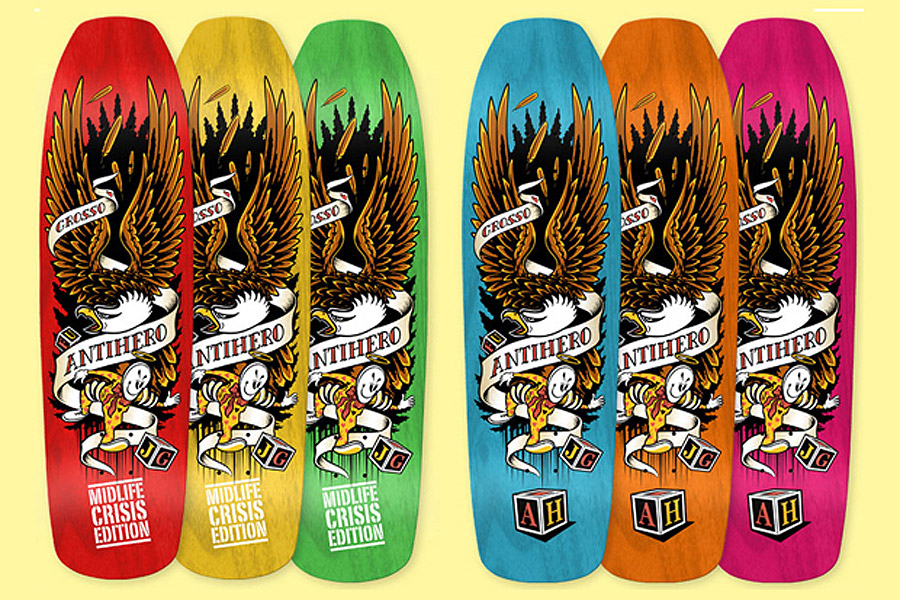
John Lucero has literally forced his riders to skate non-popsicle boards: “Oh, I only skate 8 inch boards, so I tell them, ‘No man. Fuck that. Here’s an 8.5. You’ll skate this.’ And then I don’t let them skate anything else. They bitch and moan at first, but then they get used to it and try to tell me, ‘Oh, I only skate 8.5 now.’ So then I make them skate a shaped board and they’ll cruise around until they’re used to it and then they love it. Fuck man—who cares? It’s just a board and it’s just skateboarding. Sizes or shapes don’t fucking matter, just have a good time and stop worrying about it.”
These feelings don’t answer why odd-shaped boards are making a resurgence right now, although everyone has theories describing why. Perhaps the most obvious is that there is simply a market for them now that wasn’t as strong in previous years. Although skateboarding is still relatively young, it is old enough the adults who used to skate now have kids that they want to introduce to skating and want an opportunity to share their experiences with them.
According to Grosso, “these are middle-aged men are showing their kids something awesome that happened to them and want to share it with them. And hopefully they realize that a 40 year old dude might need a little more room than 8.5 and it just so happens that a lot of these wider boards aren’t popsicles.”
As street skating became the most important and popular type of skateboarding, the popsicle shape won out not only because of its utility (the Gonz even credits skating’ rapid progression to the popsicle shape), but as a way for those skaters to “differentiate themselves from the old guard” (Grosso). As those early street skaters grew up and began to focus on other aspects of their careers, they also seem more focused on enjoying skateboarding (see Mike Carroll’s comments post-Fully Flared). Going along with this shift might be a willingness to embrace different and retro elements of skating that they previously tried to ignore—both tricks or board shapes.
The Gonz is a perfect example of how this progression happens. Krooked was one of the first large companies to make a sustained effort at pressing and marketing odd-shaped boards alongside popsicle shapes. He made a conscious effort to release videos around these boards (even if they were cruiser heavy) and even went through a stage of only skating weird shaped boards, like his super long popsicle. By doing this, odd-shaped boards become seen as a viable alternative and they see way more conducive to having a good time. Plus, everyone wants to be like the Gonz, even if it’s just something as small as skating a Zip Zinger because you saw him on one.
Welcome, however, had much more serious reasons for making odd-shaped boards. Jason’s own words work better than mine:
“I was just so bored of skateboarding. There wasn’t a single company that we could identify with. It was an amalgamation of everyone just kinda sucking and mailing it in. So Nolan (Johnson, a Welcome rider) and I were like, ‘We should do a company of all these things that we love just for ourselves.’ And it started out with one shape—wouldn’t it be cool to do a punk point with a rounded tail?—and from there, it became more experimental as it started working. It was like I put up our freak flag and all these weirdos were like, ‘Not only is this functional and it looks good and you look down and feel cool, it’s a statement saying that I reject everything you guys are about.’ ”
”Not only is this functional and you look down and feel cool, it’s a statement saying that I reject everything you guys are about.”
David from Surprise has a similar philosophy: “I’ve always thought that one of skateboarding’s biggest assets was that it encouraged us to push the boundaries. From the actual act of skating to the graphics and decks that we employ, there are numerous opportunities to express (or discover) who we are. As creative as we think we are, skateboarders still all go back to that standard 7ply deck. It has always seemed to me that each new deck presented a chance to explore skateboarding further. Why wouldn’t you take a chance and go from a Real deck to a Welcome deck to a Scum Co. deck or whatever? That’s the fun stuff. A new set up is awesome, why wouldn’t you want it to be a new adventure each time?”
Lucero: “Dude, let’s face it—skateboarding isn’t a big deal. It really isn’t. It’s hanging out with friends at a curb and drinking a Coke, talking about the girl you like or how much school sucks or how rad your board looks or whatever. And that’s what weird shaped boards mean, man. They’re a starting point to remember that skating is supposed to be fun. And they just look better. They bring some style back to skating. You can look like an actual individual. And that’s pretty much what skateboarding is supposed to be about. And when you make or skate odd-shaped boards, you learn more about how the boards are made and how all these little details and measurements matter. Anything that makes you more knowledgeable and aware of your board is good for skaters and good for skateboarding.”
For these brands, non-popsicle boards serve a very specific function. They act as a physical rejection of what skateboarding seems to have evolved into. By reclaiming, and improving upon, an aspect of skateboarding’s past, brands like Surprise, Elephant, and Black Label (to name a few), are taking a strong stance that skateboarding used to mean something—even if was just the one place that weird kids could be weird. The returning interest in shaped boards is another part of a trend that I’ve spoken about before: the increasing importance of companies willing to take risks in order to keep skating weird, to remind us that skating is actually about fun, that it’s more than arena contests, big shoe companies, and churning out the same boring products day after day.
Related Posts
Comments
Popular
-
 RECONTEXTUALIZING ZAK ANDERS, ONE OF TODAY’S MOST MYSTIFYING SKATERS
RECONTEXTUALIZING ZAK ANDERS, ONE OF TODAY’S MOST MYSTIFYING SKATERS
"I don’t want to be this brutal punk that hates everything that people like, and I’m trying really hard to undo that."
-
 RARELY SEEN PHOTOS FROM READ AND DESTROY, THE BELOVED BRITISH SKATE MAG
RARELY SEEN PHOTOS FROM READ AND DESTROY, THE BELOVED BRITISH SKATE MAG
Check out early documentation of London's Southbank, vert ramps tucked into Lord of the Rings-level forests, and everything in between.
-
 NAVIGATING SKATING’S HIGHS AND LOWS WITH MATT MILITANO
NAVIGATING SKATING’S HIGHS AND LOWS WITH MATT MILITANO
Over coffee and cigarettes Matt talks prank shows, ABDs and his love for the VX.
-
 A CHAT WITH LUDVIG HAKANSSON, THE OLDEST SOUL IN SKATEBOARDING
A CHAT WITH LUDVIG HAKANSSON, THE OLDEST SOUL IN SKATEBOARDING
The man loves to read Nietzche, skates in some expensive vintage gear, and paints in his own neoclassical-meets-abstract-expressionist style.
-
 MEET THE SEATTLE ARTIST WHO DESIGNED A BACON ’N EGGS INSPIRED SKATEPARK
MEET THE SEATTLE ARTIST WHO DESIGNED A BACON ’N EGGS INSPIRED SKATEPARK
Breakfast-obsessed skaters rejoice!

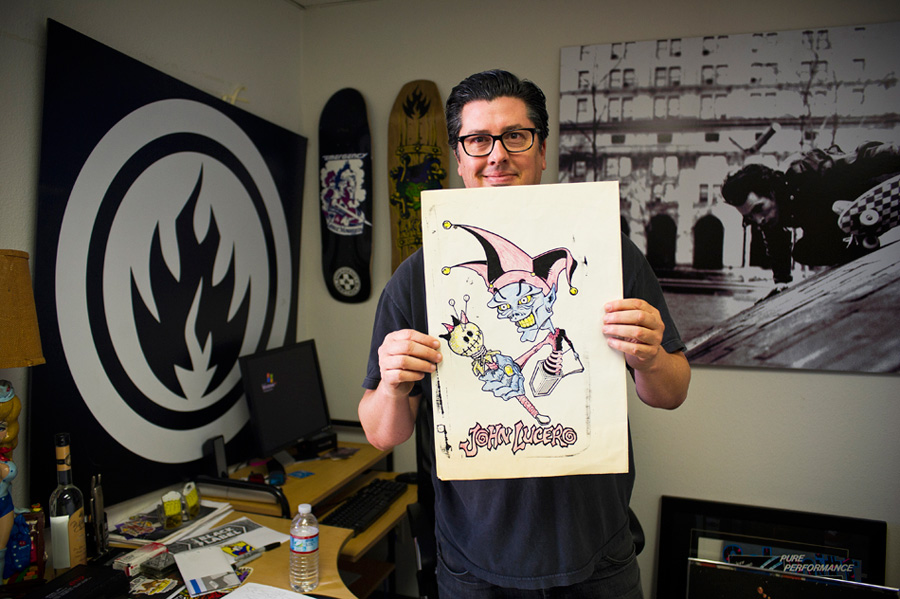
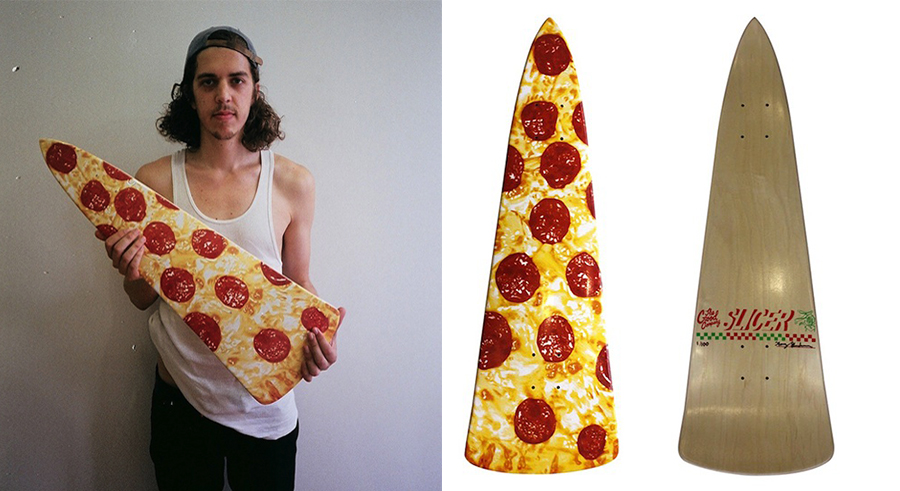
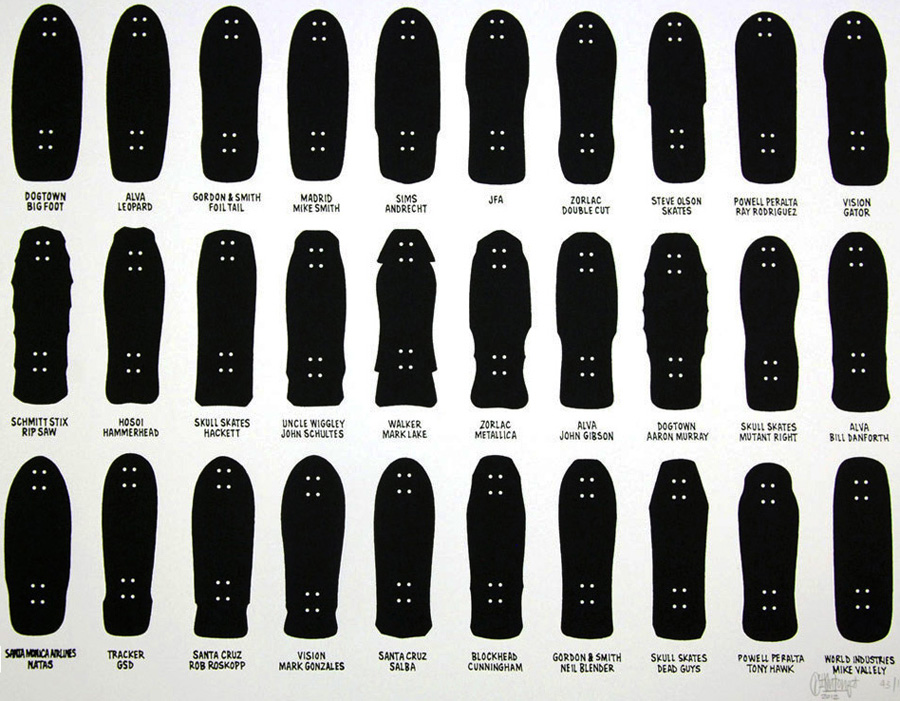
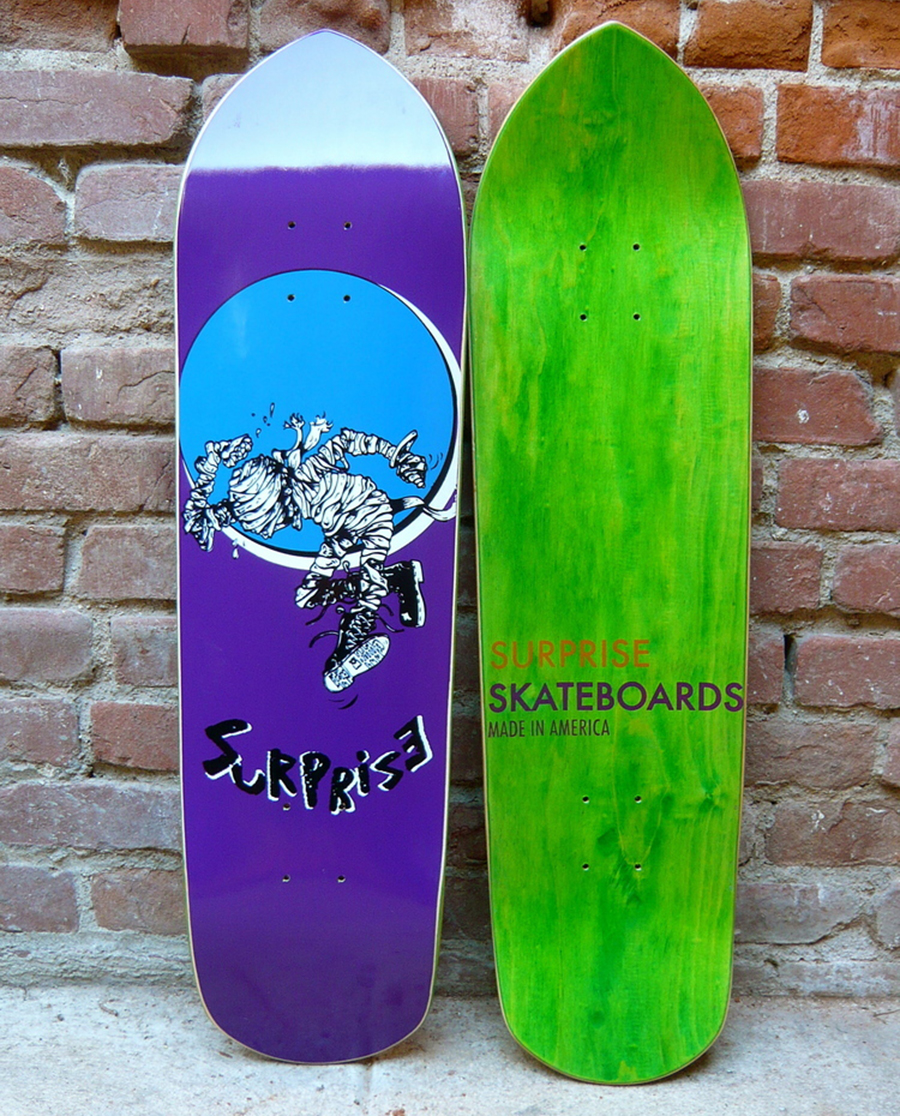
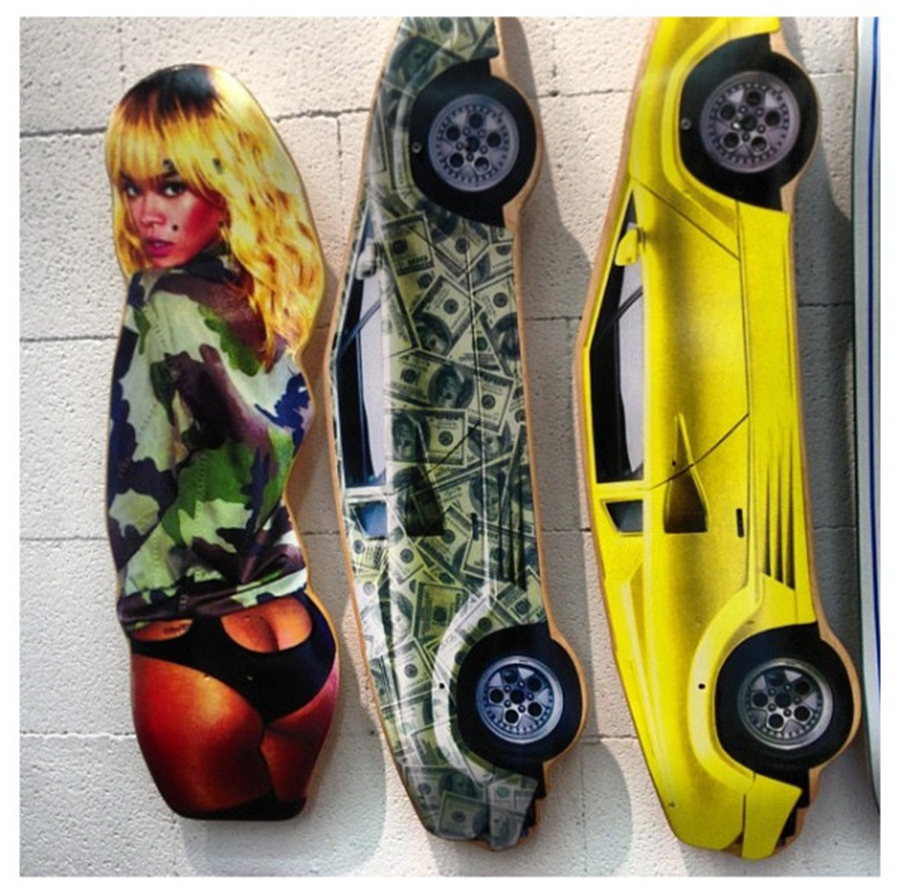
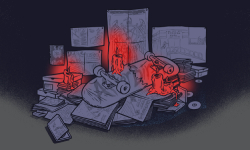
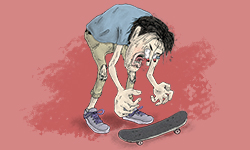
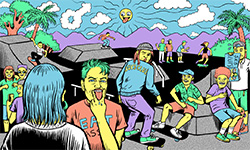
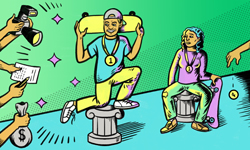
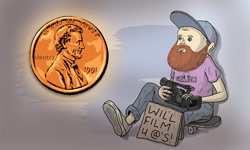
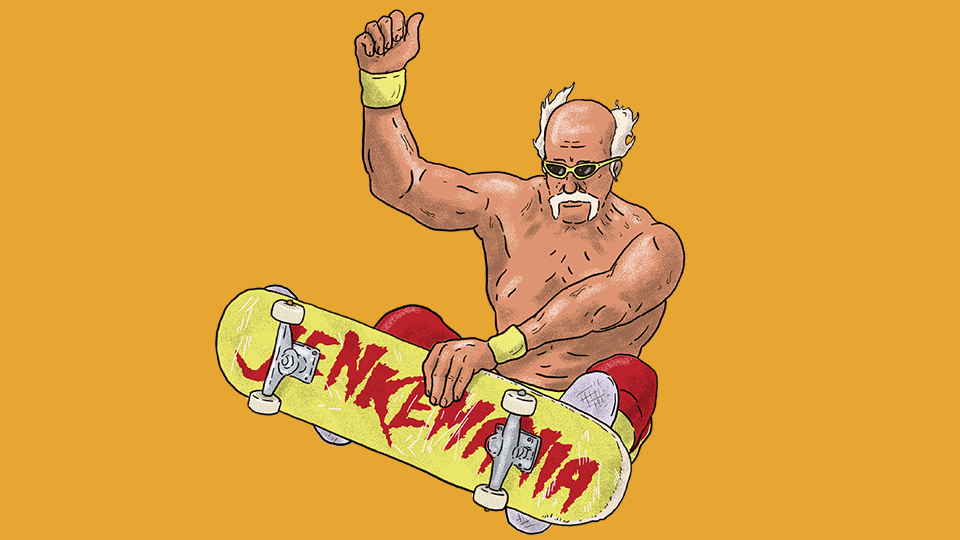
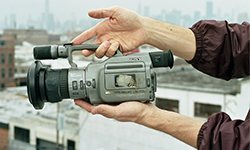
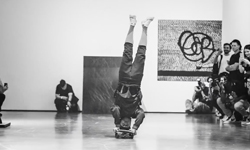
February 11, 2014 12:54 pm
Neil Blender G&S 88/89 model (driving) was the best shape ever for me.
February 11, 2014 2:09 pm
I’m still riding one of those – a mini one. Makes a great park board.
February 11, 2014 12:58 pm
wowhomiewow!!!
February 11, 2014 1:08 pm
Every time I take part of anything Lucero does – be it one of his parts or just a quote – I just wanna quit everything and just skate all day.
March 25, 2015 4:43 pm
And on the head, you nailed it. I couldn’t have said it better myself.
January 29, 2016 2:54 pm
ive been skating since i was about four and ive always skated popsicle boards till about a year and a half ago welcome is my favourite board to skate they dont snap easily it took me like six months to consider getting a new board cause it lastsed so long i have to focus my welcomes to get my mum to get me a new deck . i love the welcome trend having crazy grip and one front bushing is the best
February 11, 2014 2:46 pm
I love how Shut NYC never gets a mention in these articles… Welcome is the worst trend happening right now.
February 11, 2014 3:03 pm
oh look, another jaded person from the east coast
February 13, 2014 6:06 pm
Oh look another Cali pre-madonna. The best parks and the east coasters or Brazilians come out and show them how to ride them.
February 21, 2014 5:59 pm
Shut and Welcome are sick. everyone needs to chill on this “nascar” cali trick fest going on. just skate cause it’s fun.
February 11, 2014 6:27 pm
Oh you wrote worst instead of best – no worries friend we forgive you.
February 12, 2014 1:59 am
You know, you’ll be happier if you bought a shaped deck from your local board company, instead of being some basement-dweller.
February 12, 2014 12:23 pm
Being that Rodney Smith owns Shut, I think he’s getting his boards pretty locally, hurrdurr…
April 16, 2018 6:18 am
speaking of a basement dweller